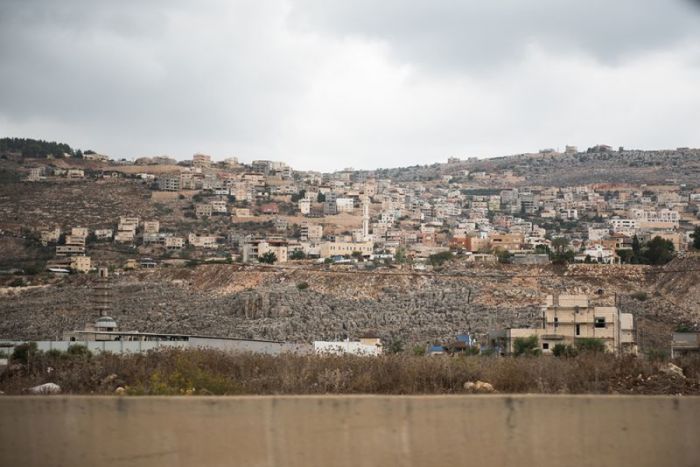Archaeologists discover ancient Christian settlement in Galilee conquered in 7th century

Researchers in Israel say that they have found what they believe to be the remains of an ancient Christian settlement that was most likely destroyed by the Persian conquest of the region in the seventh century.
Atiqot, a Hebrew-language research journal operated by the Israel Antiquities Authority, has published a new report on the excavation at Pi Mazuva, a Byzantine settlement located in modern Israel’s northwest corner near the Lebanon border.
According to the journal, the excavation at the site, which was first discovered in 2007 during excavation for road construction, has revealed building complexes separated by alleys that date back to the Byzantine period.
“The finds at the site included a bronze cross, an ashlar limestone lintel with a cross engraving, and pottery dated to the sixth–seventh centuries CE, which comprised local types, alongside many imported ones, some adorned with crosses,” according to Atiqot.
“An interesting find is a high-quality, colorful, seventh-century CE mosaic floor adorned with floral motifs, animal and human figures, and two fragmentary Greek inscriptions. The finds at the site point to the existence of a rural Christian settlement, probably destroyed during the Persian conquest of the region in 613 CE.”
The research was led by IAA archaeologist Gilad Cinamon.
According to the Jewish newspaper Haaretz, the town is not known from Byzantine sources but was mentioned in the Jerusalem Talmud, a document of religious law from the fourth and fifth century.
The town is said to be among a group of Western Galilee towns that are not considered part of the land of Israel but whose Jewish residents were to abide by the commandments listed for inhabitants of the holy land, Haaretz notes.
“While for now we have no documents from Christian sources about this settlement, all the evidence points to an almost entirely Christian population,” Cinamon told Haaretz.
According to Atiqot’s summary of the report, the pottery finds retrieved from the buildings excavated at Pi Maẓuva “date to the late Byzantine period and comprise local and imported vessels.”
Two red-slipped bowls were discovered. One was adorned with a cross and the other featured a human figure holding a staff.
“The pottery from Pi Maẓuva shows a clear affinity with assemblages dated to the late Byzantine period at nearby sites in the western Galilee,” the journal notes. “The rather large quantity of imported vessels possibly suggests the existence of dwellings and storehouses for agricultural produce at the site.”
According to Atiqot, the mosaic floor uncovered at Pi Mazuva comprises a “broad border of acanthus medallions, surrounding a carpet of flower buds, with a woman’s bust depicted in its center.” The journal states that the mosaic could be “a personification of abundance and agricultural fertility.”
“The acanthus border is populated by floral and animal motifs, which seem to have been executed by experienced artists. Based on iconographic and stylistic considerations, the mosaic was dated to the seventh century CE, probably created after the Muslim conquest, attesting to a continuation of local Byzantine traditions throughout the seventh–eighth centuries CE,” the journal explains.
“The mosaic might have adorned a room that was used for entertaining guests in a manor house.”
Cinamon told Haaretz that the mosaic — 16 feet by 16 feet — likely “decorated the living room of a self-sustained urban villa owned by a very wealthy family.”
“And this is quite a rare find for this area in the Byzantine period,” he said.
Follow Samuel Smith on Twitter: @IamSamSmith
or Facebook: SamuelSmithCP





























